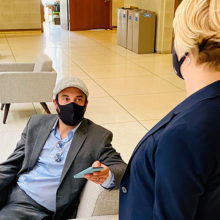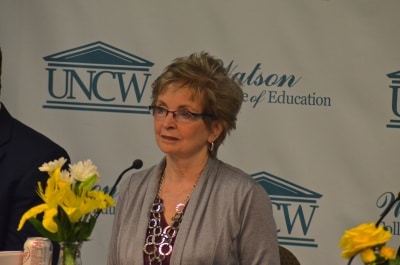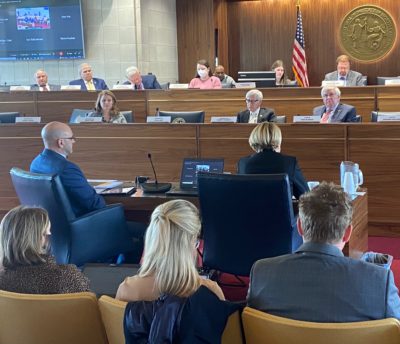While all the attention last week was focused on General Assembly actions regarding Democratic Governor-Elect Roy Cooper, the Child Fatality Task Force passed notable measures with relatively little fanfare.
The Child Fatality Task Force met last Monday and approved a number of provisions that will be recommended to the General Assembly for approval in the long session of the legislature.
The four recommendations that will be presented to lawmakers are as follows:
1. Legislatively require suicide prevention training for all school personnel that directly interacts with students, a school process for implementation of that training, and a school risk referral protocol that is communicated to students and families.
2. Increase funding to the School Nurse Funding Initiative by $5 million in recurring funds to add 50 school nurses in high-need communities.
3. Appropriate $200,000 in recurring funds for a full-time school social worker consultant, housed in the Department of Public Instruction (DPI) Student Support Services, to provide coordination, training, support, and data collection for the state’s school social workers.
4. Designate and fund a three-year lead suicide prevention position that would coordinate cross-agency efforts to carry out implementation of the 2015 NC Suicide Prevention Strategic Plan and determine a sustainability plan for ongoing statewide coordination for implementation of the strategic plan. An appropriation between $250,000 and $280,000 is needed per year for 2 years, and between $125,000 and $140,000 will be needed for a third year.
As part of EducationNC’s five-part series in October on youth suicide in NC, reporter Adam Rhew pointed out several deficiencies in student support in the state’s schools.
During the meeting of the Child Fatality Task Force last Monday, Michelle Hughes, Committee Co-Chair of the Intentional Death Prevention Committee, a committee of the Child Fatality Task Force, presented the recommendations to the full task force.
The Committee decide to spend its time focusing on the issue of child suicide after the numbers of intentional deaths jumped in 2015. Prior to that, the average was around 30. But in 2014, the number of suicides increased to 46,
“Which caught everybody’s attention. And our committee began discussion at that time,” Hughes said.
The number dropped back down to to 35 in 2015, but Hughes said that is not reason for celebration.
“It is still hovering above that average and is concerning,” she said.
The first recommendation, requiring training for public school personnel — both traditional and charter — is a strong move in preventing young people from killing themselves, Hughes said.
“This operationalizes a strategy that we know from evaluation research…that it is one of the most promising strategies to reduce youth suicides,” she said.
The training should be in place by 2018. It builds on training that the Department of Public Instruction (DPI) already uses and is available online.
The second strategy, increasing funding for the School Nurse Funding Initiative, would bring North Carolina one step closer to national recommendations.
Currently, North Carolina has about one nurse for every 1,086 students, whereas the national recommendation is one to 750.
“We are far away from meeting that national recommendation,” Hughes said.
The third recommendation appropriates $100,000 a year, for two years, for one person to serve as a social worker consultant in DPI.
“Right now, there are no state level positions that support coordination of school social workers across the local school districts,” Hughes said.
The last recommendation would create a three-year position that would operate across agencies — public health mental health, DPI, etc. — to prevent youth suicide.
“Right now there is a lot of different efforts that are going on across different agencies…around suicide prevention efforts,” she said. “I think what this committee learned in doing their work together to come up with these recommendations is that having a backbone support to staff those collaborative meetings and coordination would lead to better coordination, and frankly, more efficient work going on and moving forward.”
The General Assembly reconvenes next month.





